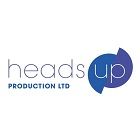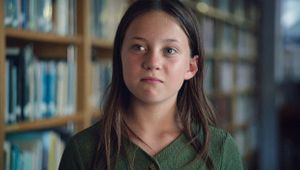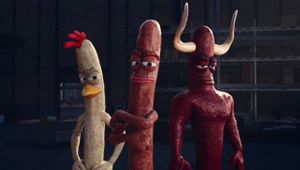
How Brands Are Getting More for Their Money with Sponsorship

Last summer “Love Island’s” Dani and Jack, Superdrug and its instantly recognisable ident entered our worlds and changed everything. Brexit be-damned, Love Island consumed a nation desperate to know whether Dani Dyer’s eponymous and infamous father Danny Dyer would arrive on the island; exactly how loyal Georgia was; and whether Wes would choose Laura or Meg, or both, of course.
As Superdrug experienced during those heady Love Island throes, sponsorship can form as large a public impression as the content to follow. After its decampment announcement in 2018, viewers took to Twitter to lament the loss of the instantly recognisable slogan: ‘Superdrug; proud sponsors of Love Island.’ Over three seasons the personal-care brand had achieved the previously unachievable; actively engaging the hard-to-reach 16-34 audience with reports showing a 900% increase in online result searches in the final month of the show. Sharply cutting through the noise, sponsorship proved an efficient way to build brand awareness, boost brand loyalty and feed from an established program and channel brand; Love Island and ITV2.
Recently, here at Heads Up, we’ve been seeing a greatly renewed interest in broadcast sponsorship; with many brands and agencies looking at how they can use their production budget most effectively. Whilst we know that the freedom and breadth of application allows sponsors to identify programming which will align most fluidly, elevate its brand and achieve target KPIs, it’s now also doing something quite remarkable. It is providing broader content opportunities and a great deal more exposure than ever before - perhaps at an even more effective cost.
Outside of preferable timings and targeted audiences, brands benefit by proxy through association with the programmed content. Program association allows brands to show a contrasting or complimenting side to its personality and character. The reputation a show, genre or channel has, can transfer by proxy to the sponsor-brand. A study conducted by Channel 4 showed that 76% of viewers believed TV sponsorship to be a more expensive advertising strategy and therefore 91% believed sponsored brands to be more premium than non-sponsored competitors (Channel 4 and Differentology).
Fundamentally, sponsorship forms identifiable bumper-cues; prompting audiences to either return or divert their physical presence and attention to the programme. Ad-break spots can be hit or miss depending on an individual’s ad-receptiveness whereas recognisable idents trigger a call-to-action response in viewers and create the perfect climate for brands to build upon an already engaged audience. This ready and reliable engagement allows brands to story-craft, and character-build; creating subtle continuances and dramatic threads throughout the entire campaign.
In the last 12 months Heads Up Production have produced sponsorship campaigns for Greater Anglian Railways with Atomic London, Deliveroo, and Suzuki with Red Brick Road. Most recently, we worked with Red Brick Road again to produce 24 original idents for the new Homes on 4 sponsor Hillarys. Hillarys sponsorship of homes programming, including national stalwarts Grand Designs and Location Location, means that they have 30 hours a week of prime-time advertising. Hillarys signed the eight-figure Channel 4 sponsorship deal in November 2018, and whilst this may seem like a high figure, consider that one 30-second X-Factor spot last year cost an average of £160,000, just for the media space.
With the rise of ad-blocking, sponsored programming that can transfer from linear channels to digital media is an incredibly favourable option. Catch-up viewers on All-4 will see the same sponsors as those who watch during original viewing; where ad-break spots can lose out, sponsored content cleans up. As such, Hillarys 24 original idents will transfer from Channel 4 to All 4 and digital channels respectively.
To achieve the marketing objective of driving consideration of Hillarys among potential customers, there needed to be recognisably similar, but not identical, aspects that would identify the brand, continue the tale and trigger a return-to-program response in the audience. The creative idea centred around everyone being able to express their personality through Hillarys products; transforming their home in the process. The same opening camera movement is used for each ident; pulling out from a close-up of a Hillarys blind, different in design for each mini-story, and the same song; Diana Ross’ “It’s My House” as the audio-identifier.
Whilst you may think that shooting 24 individual stories - with 24 different sets, 24 products and 24 groups of individually-styled cast members might be impossible, creating a sponsored campaign still proved more cost and objective-effective than one solo-ad aired during a prime-time slot. Characters styled in accordance with their personality filled Hillarys adorned homes; all of the ads were shot in London over just five days and two stages, directed by Simon Levene at Dark Energy.
Will idents be the new direction creative winds blow? We’re staying tuned to find out.
Hillarys “Its my House” campaign was produced by Heads Up Production and created by Red Brick Road.
Tim Page & Jody Allison are Producers & Co-Founders of Heads Up Production













